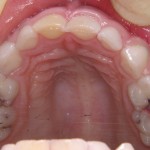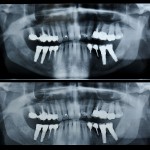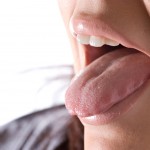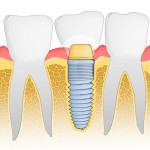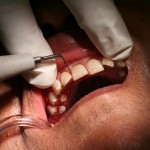
Today we take a look at a review comparing the anti-plaque and anti-gingivitis efficacy of new and worn manual brushes. The review included 8 RCTs and suggest that new and worn toothbrushes present similar anti-plaque and anti-gingivitis efficacy. However, the evidence is of very low to low certainty.
[read the full story...]

